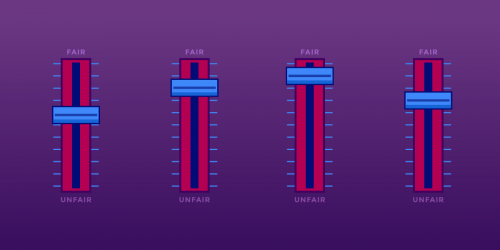The Google Books case is over after a decade of litigation, leaving in its wake new guidance on the reach of the fair use doctrine and, not incidentally, protection for an extraordinary public resource for finding books and information.
Last fall, the Second Circuit issued a long-anticipated ruling soundly rejecting the Authors Guild’s claim that the Google Books Project infringes copyright. The Authors Guild asked the Supreme Court to review that ruling, and today the Supreme Court said no. That decision means the Guild has run out of options, at least in the courts.
The Court’s decision is not a surprise, but it will be disappointing to some content holders, who insist that the Second Circuit’s ruling is a prime example of “fair use creep.” In their view, fair use was intended to protect only new “creativity” (such as purely artistic works), not technological uses such as the mass digitization Google engaged in to create the Google Books database.
The real problem is not “fair use creep,” but “copyright creep.” Fair use provides breathing space in copyright law, making sure that control of the right to copy and distribute doesn’t become control of the right to create and innovate. New technologies and services, like the Google Books Project, depend on the creation of multiple copies as a matter of course. At the same time, copyright terms cover works many decades old and copyrighted software appears in more and more devices. Taken together, these developments mean the potential reach of copyright may extend ever further. Fair use makes sure that the rights of the public expand at the same time, so add-on creativity and innovation can continue to thrive.
As Judge Pierre Leval observed in the Second Circuit ruling the Authors’ Guild tried to overturn, fair use promotes “copyright’s very purpose”:
The ultimate goal of copyright is to expand public knowledge and understanding, which copyright seeks to achieve by giving potential creators exclusive control over copying of their works, thus giving them a financial incentive to create informative, intellectually enriching works for public consumption . . . Thus, while authors are undoubtedly important intended beneficiaries of copyright, the ultimate, primary intended beneficiary is the public, whose access to knowledge copyright seeks to advance by providing rewards for authorship.
The Supreme Court made the right call. Its decision will finally end this litigation, and leave intact a fair use doctrine that is robust and flexible enough to counterbalance the copyright creep that would stifle new innovation and creativity.









